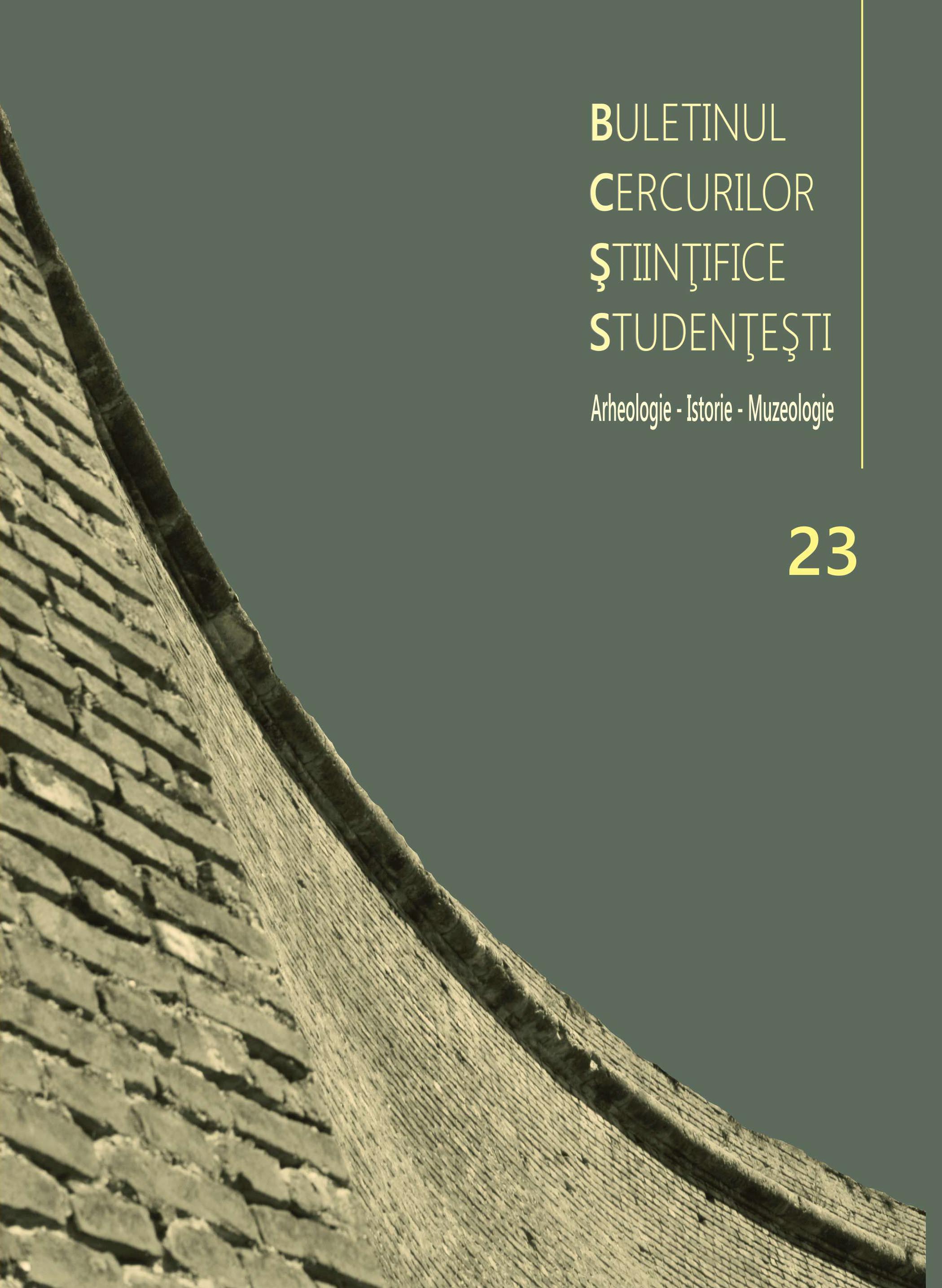Vasa escaria orientale provenind de la Histria, Sectorul Acropolă Centru-Sud
The oriental tableware discovered at Histria, on the Acropolis Centre-South Sector
Author(s): Iulia-Alexandra IliescuSubject(s): History
Published by: Universitatea »1 Decembrie 1918« Alba Iulia
Keywords: Late Roman pottery; imported pottery; Late Roman C Wares; decorative motifs; Scythia
Summary/Abstract: This paper aims to present the Late Roman tableware – vasa escaria – discovered at Histria, one of the ancient cities founded by the Milesians on the western coast of the Black Sea. The material was discovered during the archaeological excavations on the Centre-South Sector of the Acropolis (2013-2016) – located inside the Late Roman citadel, in a Late Roman building, generally dated to the sixth century AD. As a result of processing the ceramic material, there were identified more than 500 shards which can be included in the tableware category. Concerning the areas of production, the most widespread tableware category is represented by the Oriental/Phocaean pottery (66% of the entire lot), followed by the North-African and the Pontic pottery. Typologically, the Phocaean pottery belongs to 10 forms with 18 types of kitchen ware. Chronologically, the material is dated between the fourth and the beginning of the seventh century AD.
Journal: Buletinul Cercurilor Științifice Studențești
- Issue Year: 23/2017
- Issue No: 1
- Page Range: 75-100
- Page Count: 26
- Language: Romanian

